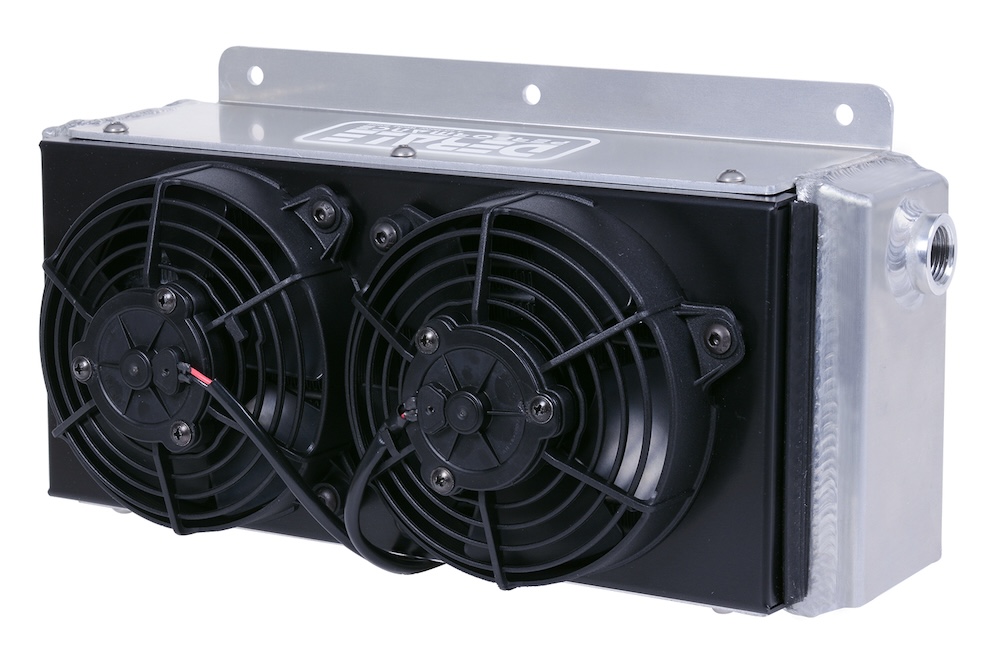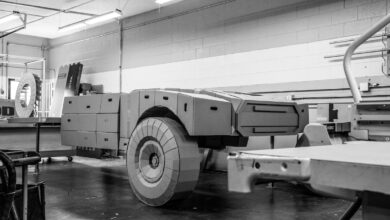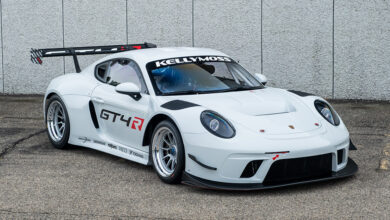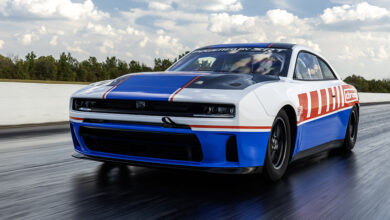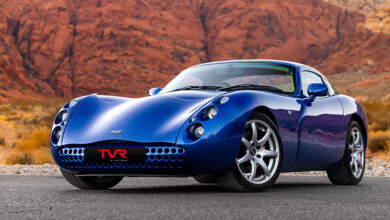Performance Vehicle Cooling Systems: Time to Chill
Horsepower means heat, which means the need for a proper cooling system for balance...
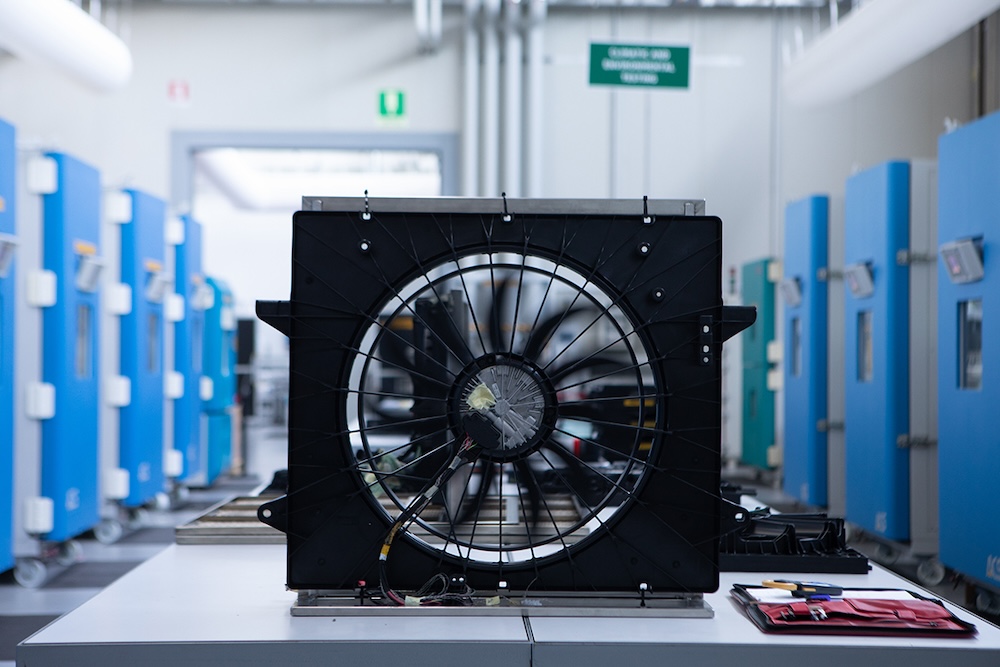
Performance cooling is the great equalizer in the automotive aftermarket. A builder can create a killer chassis and stuff a monster engine into a ride, but when it comes to keeping things cool, it must be right or else nobody will be motoring down the road—at least, not for long.
Horsepower means heat, which means the need of a proper performance cooling system for balance. There are several products involved in most cases, and often more than one solution available to target main issues.
To help bring the proper system to your project, suppliers offer insights on market trends, effective sales strategies and hot new products in the world of performance cooling.
KEEPING PACE
As performance numbers continue to grow, the performance cooling market is working overtime to keep pace.
“The biggest change we see in the marketplace is that higher horsepower is much easier to achieve than it was 20 years ago. You can buy crate engines that make more than 500 hp and drive as docile as a new car,” says Cole Quinnell, marketing manager at Flex-A-Lite. “More power means more heat, and that creates a need for electric fans that move more airflow.”
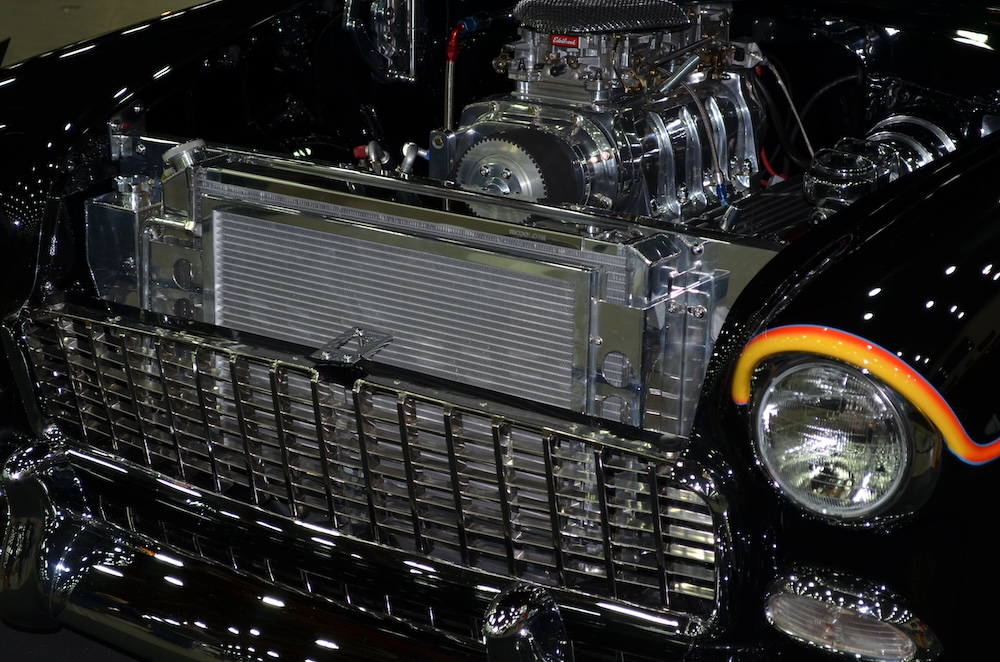
Engine swaps and other modifications keep the market interesting.
“Customers are integrating late-model muscle car drivelines into vintage classic cars and trucks at a much higher rate and with much larger horsepower numbers,” says Fred Militello, senior tech at Be Cool Inc.
And those vehicles aren’t just headed to the corner store for a quick cruise, notes Alan Johnson, owner of Johnson’s Radiator Works.
“We are seeing older cars and trucks enjoyed for cross-country trips or daily drivers,” he says. “If a vehicle is being trailered everywhere, essentially cooling performance does not matter. But for what we do, wanting that peace of mind for our customers, knowing they will not be stranded on the side of the road or overheating in traffic due to an inferior cooling system, it is very important. We are seeing vehicles equipped with 6- to 10-speed transmissions requiring larger coolers in the front, along with supercharger applications with large intercoolers constantly pushing cooling capabilities.”
More projects mean more solutions, which often means more homework for performance shops.
“Warehouses no longer just carry one or two main brands—most carry all brands and let the shops determine what product they want to buy,” observes Tom Longo, vice president at Derale Performance. “Shops need to depend on the products they install and know they will not only do the job, but not come back as a warranty (claim).”
Innovation is also driving sales, says Alex Winter, application engineer at SPAL Automotive USA.
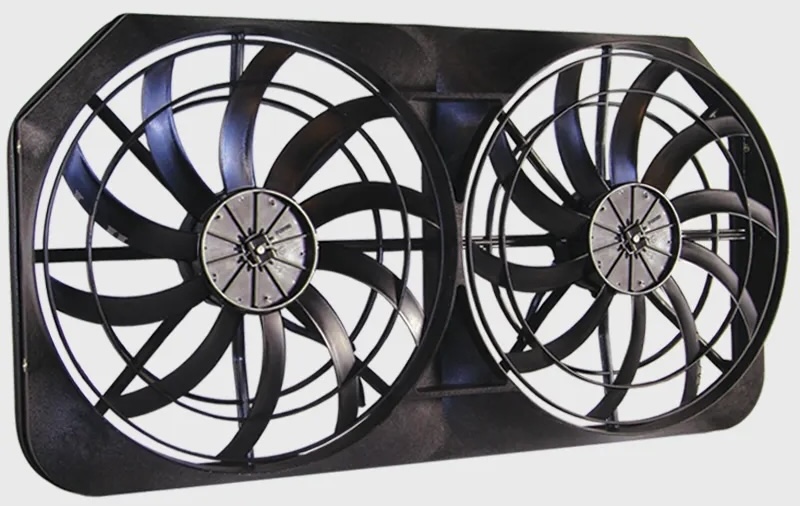
“The performance cooling market has witnessed a significant transformation, propelled by both technological advancements and evolving consumer demands. Looking forward, this sector is poised to embrace further innovations and trends that will redefine vehicle efficiency and performance.”
Winter highlights the integration of smart cooling systems as an example, which leverage advanced sensors to dynamically adjust cooling based on real-time engine performance and environmental conditions.
“This not only enhances vehicle efficiency, but also significantly reduces emissions,” he says. “Moreover, the advent of electric vehicles has spurred the development of innovative cooling solutions tailored for battery packs and electric motors. These solutions aim to optimize temperature distribution, thereby extending battery life and improving overall vehicle range.”
THE NEXT LEVEL
A product line with that much evolution is bound to create some confusion for customers. So, what should shops know?
“The biggest misconception is that all aluminum radiators are the same. FYI, they are not,” says Steve Beebe, marketing director at Griffin Radiator. “It always alarms me when we get a call from a shop that’s building a $200,000 car for a client and they want to install a $100 radiator from eBay. Yes, it may be aluminum, and yes, it may be a radiator, but no, it’s not made well, no it doesn’t have a warranty, and no it’s not going to last. We strive to educate our customers on the value of buying quality products. This allows them to enjoy their investments as much as possible.”
Jim Kahl, product manager for Maradyne High Performance Fans, has seen a recent surge in “pusher” fan options that place the fan in front of the radiator.
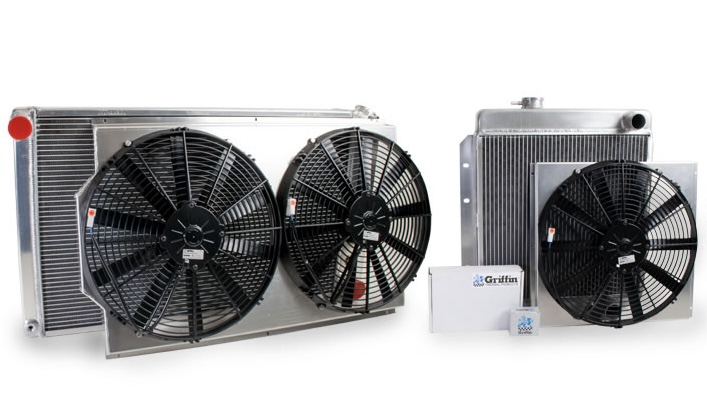
“A pusher fan will obstruct and deflect a certain amount of natural airflow known as ram air. A puller fan that sits behind the radiator and pulls air through the radiator has less effect on the natural ram airflow that assists in keeping the engine cool while the vehicle is in motion,” he explains. “A puller fan is always the better option. We only recommend using a pusher fan if constrained space does not allow for the installation of a puller fan.”
Longo outlines the importance of viewing cooling as a complete system to achieve top performance.
“Most shops know and understand the need for cooling on transmissions, but rarely know engine oil coolers can actually lower temperatures in the radiator, reducing temperatures of internal components as well as helping bearings live longer. When removing belt-driven fans from the engine and installing electric fans, this can save 25-30 hp,” he states.
There’s also the challenge of explaining what’s needed to customers who may have their own ideas, Johnson adds.
“Many are not properly educated or aware of what they truly need or don’t have any idea what is involved with efficiently cooling their vehicle,” he reveals. “Labor is not cheap and consistently replacing or repairing an inferior product is not ideal. The same outlook applies to other components in the system, such as fan choice, wiring materials and controllers. Educating the customer on the products they are purchasing and their long-term benefits can make the building process a lot smoother.”
After all, Quinnell says, “a 750-hp engine is not really any good if you can’t keep it cool. Plan on space for a good-sized radiator and, ideally, a fully shrouded electric fan system that will provide the airflow needed to keep that engine cool. We have fan systems that will move 6,000 cfm of airflow, but you have to plan the build in such a way that makes room for proper cooling. You’ll have satisfied customers when they can drive their performance vehicles without any worries of overheating.”
Militello says “the most important aspect of a performance cooling project is educating customers on the latest cooling system technology to help them protect their investment.”
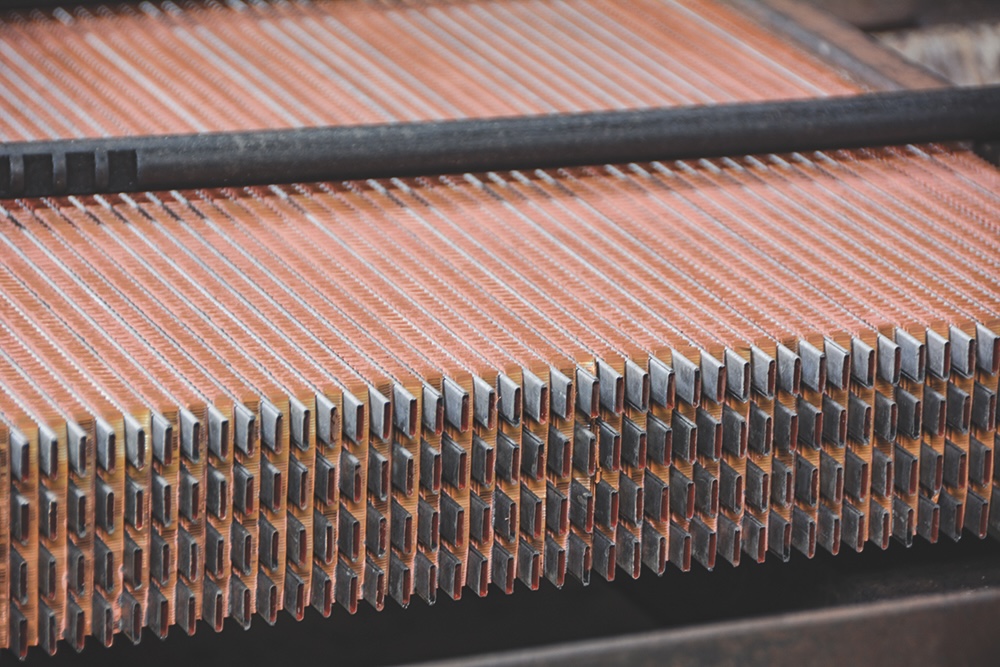
Winter notes that even for cooling systems, however, bigger isn’t always better.
“Performance cooling is not merely about bigger radiators or more powerful fans. It’s about optimizing the vehicle’s cooling efficiency to match its intended use, whether it’s for daily driving, towing, racing or off-roading,” he says. “The essence of performance cooling lies in achieving the perfect balance between heat dissipation and the engine’s operational temperature needs. An engine that runs too cool can be just as detrimental as one that overheats; both scenarios can lead to reduced efficiency and potential damage.”
PROFITS? NO SWEAT
When it comes to maximizing performance cooling sales, builders can start by knowing what’s available and from whom.
“Shops should educate themselves as to what is available from different manufacturers to able to put a top-notch cooling system together that works,” says Johnson from Johnson’s Radiator Works. “It is a lot easier for shops that specialize in different niche markets, but for places that work on a wide variety of projects, it can be a little more difficult. Shops need to sell a complete cooling system that is known to fit the application properly.”
Ignoring such an approach can lead to cooling issues caused by simple problems that have nothing to do with the radiator or fan, he adds.
“From incorrect ignition timing to improperly tuned EFIs or carburetor-to-fan wiring being too small of a wire gauge, sometimes upgrading the cooling system runs deeper than just those components in the cooling system itself.”
A good education can include knowing which products perform as advertised, says Flex-a-Lite’s Quinnell.
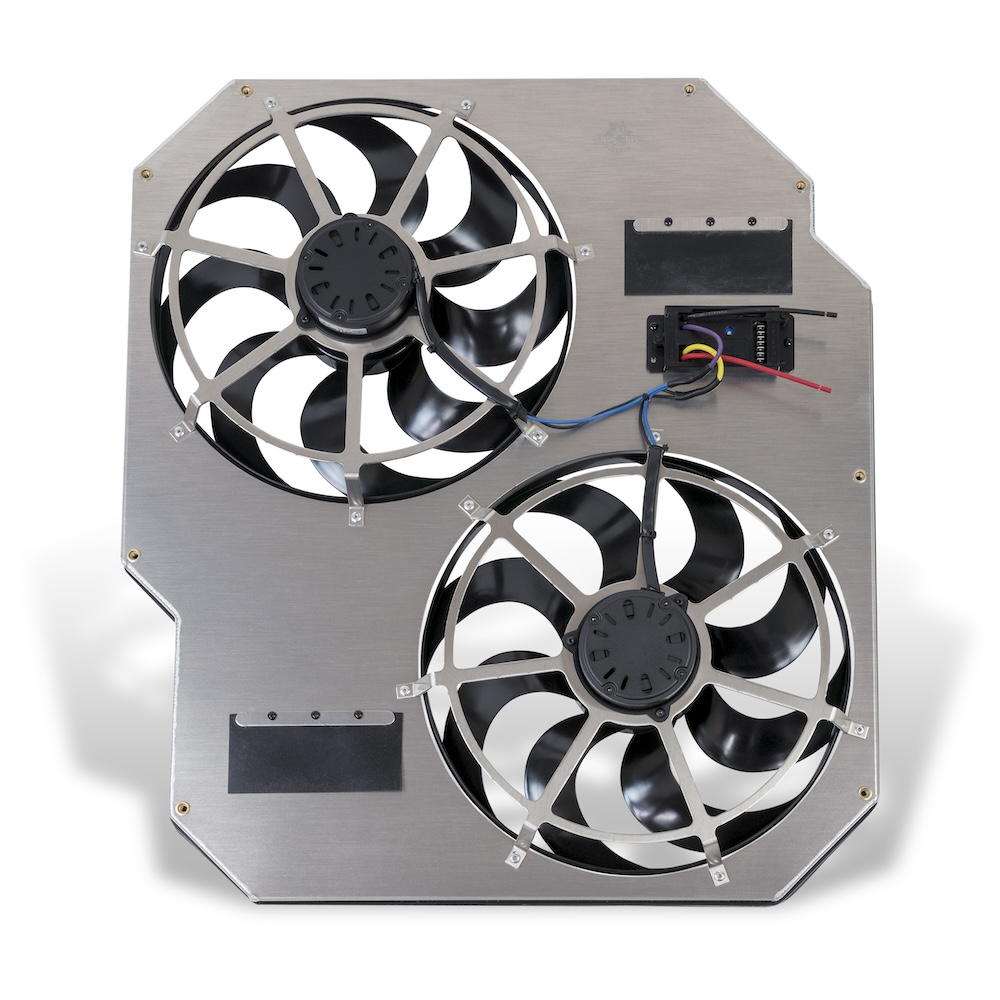
“Use products that you know work,” he advises. “We recently tested popular brands of 16-inch electric fans and found some huge differences between advertised and actual airflow (cfm). One actually delivered 50% of its advertised airflow. This can lead to frustration for a shop that installed the product and the customer using it.”
When it comes to suggesting upgrades, Derale’s Longo notes that any customer is a prime candidate for improved system performance.
“All builds can benefit from additional cooling to help critical components last longer by limiting heat-related failures. Cooling is one of the last things shops think of, but it is an easy sell to the consumer—it really is an additional insurance plan,” he says.
For drivers who love to talk tech, it’s important to understand the relationship between airflow and the static pressure requirements in automotive systems, says SPAL’s Winter.
“Setting realistic expectations for customers will result in greater system success and build trust with customers. The shops and our dealers are viewed as the experts on this complex subject matter and our customers are looking for an education. Customers who understand the relationship between pressure drops, airflow restrictions and fan power consumption have a more realistic grasp of what their vehicle needs to operate properly,” he explains, noting that, at times, cfm ratings have been used incorrectly to describe the performance of electric fans.
“Misunderstanding cfm ratings and ignoring the pressure requirements of the system can often lead customers to purchasing the incorrect fan for their needs. When customers get the wrong fan, it can lead to overheating issues or poor experiences with our products or other products in the cooling system. There is nothing more frustrating than purchasing a new fan and radiator system, only to find out it doesn’t perform to the customers’ expectations.”
Once shops have a grasp on the basics, upsells can come naturally, says Beebe—like pairing radiators and fans.
“The easiest tip I can offer for selling Griffin cooling components is incredibly simple. We always ask one simple question: ‘What are you doing for fans?’ This simple question allows our sales staff and distribution network to double their gross sale almost instantly. Our product line has been designed so that most of our part numbers can be converted from an independent radiator to a ComboUnit. Our goal when we designed this system was to take all the guesswork out of pairing fan setups with radiators.”
And the bundling doesn’t have to stop there, says Kahl.
“Go with a proven brand that can offer the complete package. Not only does Maradyne High Performance offer a variety of different fan sizes, strengths and configurations, we also offer a complete line of accessories including thermostats, mounting brackets and wire harnesses that allow for effective and efficient fan installation.”
Finally, don’t forget that product manufacturers and suppliers are here to help.
“When the time arises to upgrade a customer’s cooling system and/or cooling needs, contact the cooling professionals for a recommendation on any and all applications, tech information product lines and value for the client,” recommends Be Cool’s Militello. “Make the customer aware that investing in the correct cooling system is also protecting the large investment they have under the hood.”
